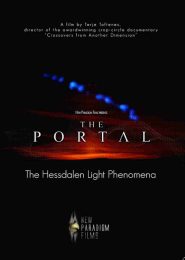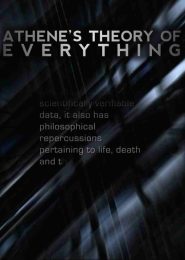They Called Her Jamila (2022)
In the arid, rocky landscape of Jordan lies a phenomenal discovery: the 9,000-year-old resting place of a young girl named Jamila. Buried beneath the floor of a stone-age settlement, her grave reveals a story of love, loss, and ancient customs.
Jamila’s Mysterious Grave
Archaeologists, scooping the remains in the Neolithic village of Ba’ja, were surprised by their find. The grave was adorned with valuable and elaborate goods, perhaps symbols of the profound emotions felt by those who laid her to rest. Among these treasures was an exquisite necklace, a piece of jewelry that continues to captivate us across millennia.
The Necklace’s Journey
The necklace, reconstructed by experts, is a testament to human craftsmanship and sentiment. Its beads, carefully arranged, evoke goosebumps—a connection to a distant past. But the necklace’s journey didn’t end there. In the modern world, a virus halted international travel, delaying its return to Jordan until autumn 2021. Finally, Jamila’s necklace found its place in the new Petra Museum, where it stands as a testament to our shared heritage.
Insights into Ancient Societies
Jamila’s grave provides a unique window into the lives of our ancestors. As humans settled, death became intertwined with everyday existence. People related to their departed loved ones, and the artifacts buried alongside them held deep significance. Jamila’s resting place speaks of a time when grief and love transcended the ages.
Barbara Fally-Puskás’s Documentary
In the documentary They Called Her Jamila, acclaimed director Barbara Fally-Puskás takes us on a journey through time. We witness the painstaking excavation, the restoration of the necklace, and the emotional return to Jordan. This groundbreaking discovery sheds light on ancient societies, reminding us that even in the distant past, our humanity was marked by love, loss, and the enduring power of art.




